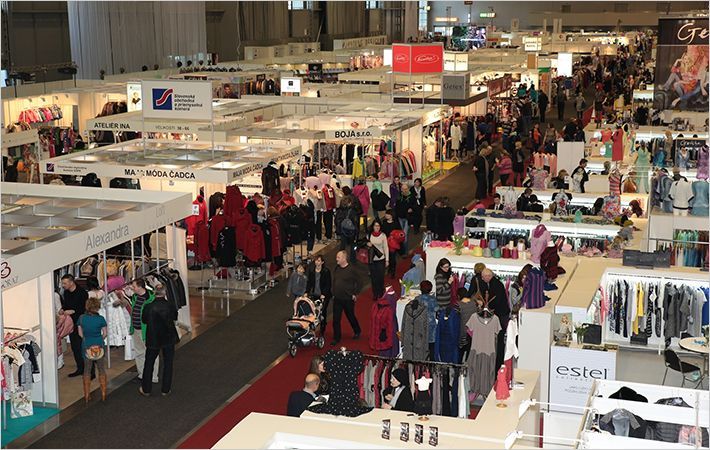Hyundai’s Intrado Composite car with innovative super-lightweight carbon fibre chassis technology made with Scott Bader advanced materials composites, has won the JEC 2015 Jury Prize.
The JEC 2015 Jury Prize was awarded in Paris to Hyundai and chassis design partner Axon Automotive for the Intrado hydrogen powered crossover car. Two advanced composites materials developed by Scott Bader are used to manufacture the super-lightweight carbon fibre-reinforced plastic (CFRP) car chassis. The vacuum infused chassis components for this new Intrado concept vehicle use Axon Automotive’s highly innovative Axontex structural beam technology, which has Xrestapol 1250LV as the specified high performance acrylic thermoset resin, according to a press release.Hyundai's Intrado Composite car with innovative super-lightweight carbon fibre chassis technology made with Scott Bader advanced materials composites#
All of the chassis and frame CFRP components are robotically bonded together by Axon using Crestabond M1-20 primer-less structural adhesive, with no mechanical fixings needed. The result is an automotive chassis with the strength and stiffness of a similar steel structure, but with a 70 per cent saving in the overall chassis weight.
Crestapol 1250LV is an ambient temperature curing urethane acrylate based thermosetting resin, which is compatible with carbon fibres. It was developed by Scott Bader specifically for producing high performance carbon fibre reinforced (CFRP) and glass fibre (GRP) parts by vacuum infusion, resin transfer moulding (RTM) or any closed mould process. Crestapol 1250LV provides a cost effective alternative to epoxy infusion resin systems.
For more than two years, the Axon team has worked in close collaboration with Hyundai’s European Technical Centre, Scott Bader’s technical teams, and the two key carbon fibre supplier partners, Hyosung Corporation and Lotte Chemicals, to develop the exact design specifications needed for the chassis and frame of this crossover vehicle.
A key objective set by Hyundai was to achieve the lightest weight possible for the final assembled chassis and frame of the Intrado to maximize the range and performance of this, zero emissions, hydrogen powered vehicle.
To assemble the CFRP chassis, including bonding in a number of steel and aluminium brackets, required the Crestabond adhesive to be precisely applied by Axon using an in-house robotic system in combination with a bulk dispenser and pneumatic gun.
Axontex’s innovative carbon fibre composite system provides lightweight parts with exceptional strength and torsional stiffness, plus a high resistance to deformation and bucking. (GK)
Fibre2fashion News Desk - India

